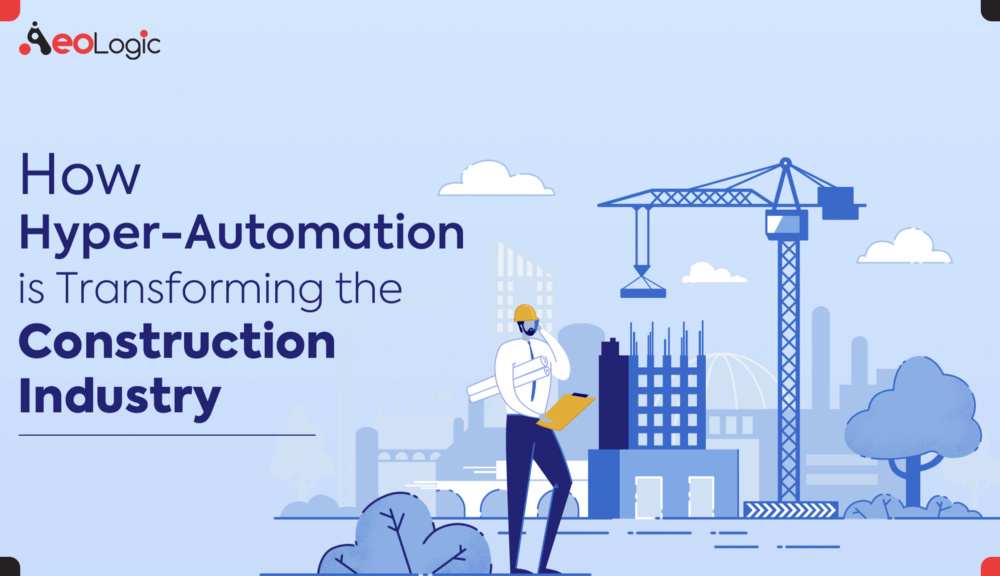Alright, “Hyper-Automation” sounds like a big word and before we see how this future technology is transforming the construction industry, we need to understand what exactly is Hyper-Automation.
So, let’s start with the basics. Hyper-Automation basically refers to continuous automation in businesses. When we keep integrating automation into our business operations, we hyper-automate. This process is an advanced-level step in the journey of digital transformation.
Hyper-automation is the use of combined technologies, tools, and platforms. These involve but are not limited to Artificial Intelligence, Machine Learning, RPA, and other different types of decisions, processes, and automation tools.
Important Components of Hyper-Automation
Digitalization
Hyper- automation is getting all our processes digitalized, and that means getting everything into smaller bits. From automating the process using software to storing data on the storage devices, hyper-automation brings everything as bits.
Network Connectivity
In today’s day and age, the Internet is a vital process. Almost everything we need is accessible via the internet. And now, with the emerging cloud technology, data and applications are shifting to the cloud, which makes the internet as one of the most important components. That also makes the internet an important component of hyper-automation.
Robotic Process Automation (RPA)
RPA is the type of automation where a robot is made to do daily repeated tasks, i.e. software robots, which makes your work easy and convenient. RPA is capable of mimicking the tasks that humans do, like move, edit, copy, etc.
How has Hyper-Automation Helped in Transformation of the Construction industry?
Environmental Sustainability
Using robots’ precision, there is an evident reduction in fossil fuel, reduces air and noise pollution, which leads to recusing the carbon footprint. If the robots are handling, the chances of human error go down to zero, and they also contribute to practice safe work and even minimizes the environmental risks the construction industry comes with.
Manages the Construction Safety and Personal Protection Equipment with AI
Industrial construction sites usually have hundreds if not thousands of workers reporting and leaving from the job throughout the day. The safety and the security of these workers and the construction site are usually taken care of through spot safety checks, and by hiring safety directors, who make sure the safety regulations are followed. However, getting the workers and the entire staff to follow 100% safety regulations to reduce accidents is practically impossible and also a costly process.
Real-Time Updates
The use of augmented reality and virtual reality has enabled the customers, site managers, and project managers, to get real-time progress updates of the projects from the convenience of their homes or offices. AR facilitates both, the architects and the construction firms to showcase the functional models of the project to their clients. It helps the client make decisions and make changes before the construction even starts.
The Future
In 2020, we’re already living in the future. It’s not too much to say if seeing the robots working on the construction site becomes a common occurrence. We already have drones, which are explored and used in many ways already, and in the future drones will scan the construction sites to collect data, predict and solve any problem before it actually happens.
Seeing the outstanding progress that the construction field has shown in the past few years, it is safe to assume that the future of this industry will be run by robotics.
Read Related Blog –
How Hyper Automation can Transform Processes Across Industries

Manoj Kumar is a seasoned Digital Marketing Manager and passionate Tech Blogger with deep expertise in SEO, AI trends, and emerging digital technologies. He writes about innovative solutions that drive growth and transformation across industry.
Featured on – YOURSTORY | TECHSLING | ELEARNINGINDUSTRY | DATASCIENCECENTRAL | TIMESOFINDIA | MEDIUM | DATAFLOQ









